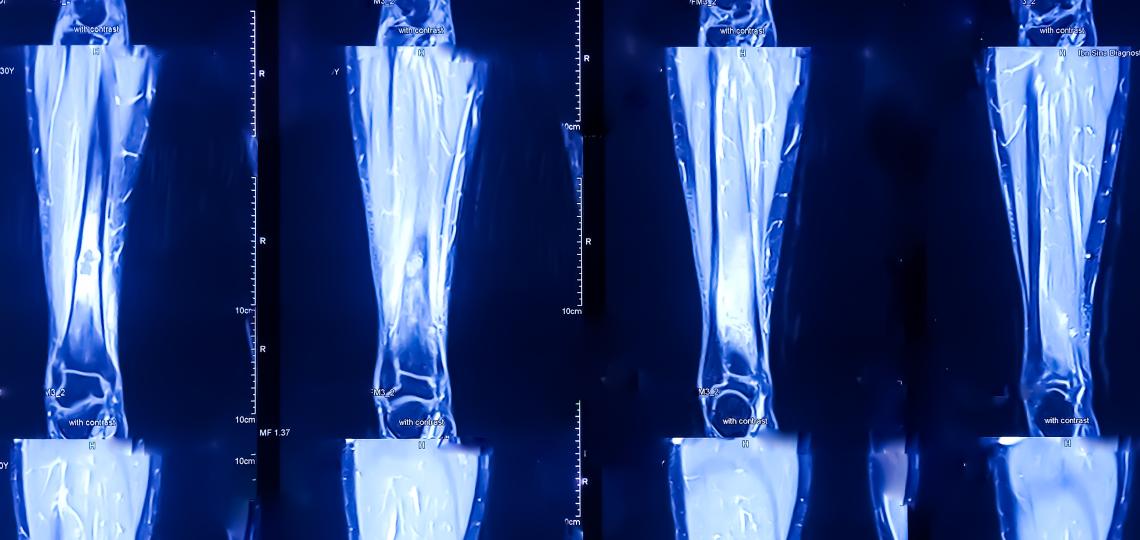
Fracture-related infection (FRI) is a serious complication that can occur after surgical intervention for orthopedic trauma or fracture. When FRI occurs, bacteria reside in the bone and/or near the fracture hardware and can create a micro-environment that shelters them from antibiotics. FRI can result in delayed bone healing, chronic infection of the bone, and local or systemic signs of infection, such as pain, swelling, or redness.
Fracture-related infections occur more frequently in open fractures when the fractured bone protrudes from the skin. Normally, the skin serves as a natural barrier against bacteria. However, if the skin is broken (either by the fracture or by surgery), bacteria can more easily come into contact with the bone, potentially leading to an infection. Additionally, infections can occur as a result of any surgical fixation of a fracture. Fracture-related infections can co-exist with unhealed fractures (non-union) or bone defects.
Give us a call
Give us a call at 713-986-6016 between 8 a.m. and 5 p.m., Monday through Friday to book an appointment with one of our orthopedic specialists.
Request a callback
For non-urgent matters request an appointment with one of our orthopedic specialists using the online form.
Diagnosis and Treatment
Optimal diagnosis and management of FRI demands an experienced multidisciplinary team, such as the experts at Baylor Medicine. Our orthopedic fracture surgeons collaborate with infectious disease, plastic surgery, and other specialists to use cutting-edge techniques that promote the best possible patient outcomes. Modern treatment for FRI includes a variety of surgical interventions that center around surgical debridement and removal of hardware. Surgery is often combined with the most innovative methods to administer antimicrobial agents (such as controlled-release antibiotics or phage therapies) directly to the infection site. In conjunction with these treatments, regular antibiotic treatments are often utilized.
Examples of Treatment Options
- Removal of fracture hardware
- Surgical debridement of bone
- Local delivery of antimicrobial agents
- Phage therapy
- Repair of fracture nonunion
- Bone transport
- Bone grafting (various techniques)
- Ilizarov external fixation










